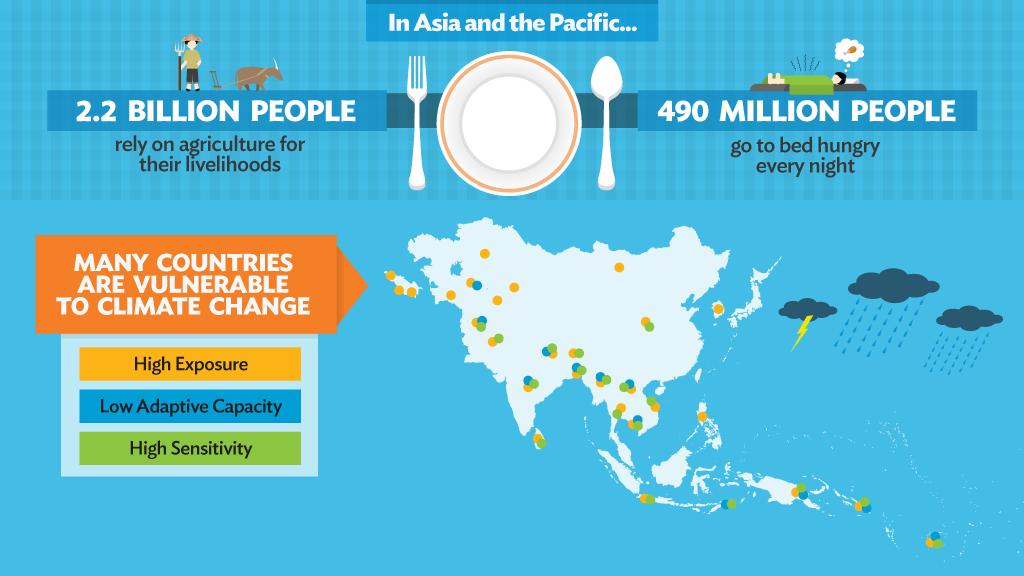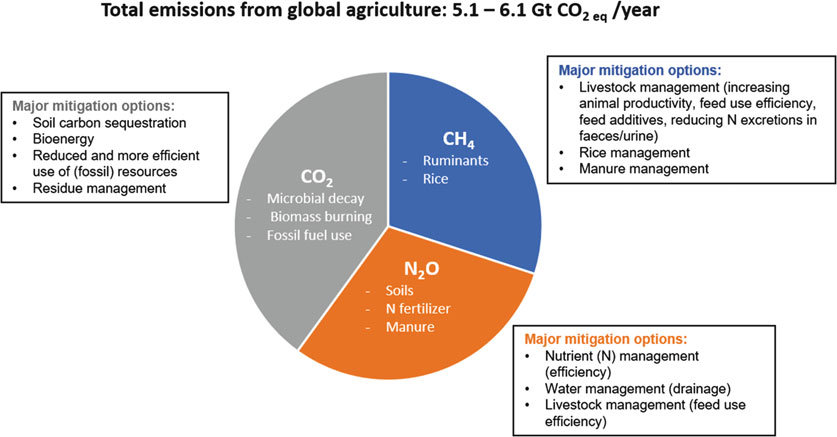As we look through the shimmering research agricultural fields under several agricultural engineering Universities, we may be able find robots navigating its field by sending out numerous laser pulses to scan the environment.
“It’s going to measure the height of each plant,” explains a Scientist involved.
These robots have been designed so as to envisage the field in most detailed manner possible, varying from number to quality of plants cultivated.
“The idea is that robots can automate the phenotyping process and make these measurements more reliable.”
Thus, blossoming robots can help optimize the plant yield in best ways possible, far more than what humans may have accomplished in the run.
If something can help to lessen human work in the field of food security that can suffer further from our desperate Afforestation measures, Automation has a way to accomplish this task while keeping in mind the emissions, if made so.
Although it has always been a big part of agriculture, from modernizing the seed drills to combine harvesters.
Machine learning and robotics has helped to identify weeds or control herbicide spraying in only optimum amounts on plant and even selecting and picking fruits.
“All of a sudden, people are starting to realize that data collection and analysis tools developed during the 90s technology boom can be applied to agriculture,” a Carnegie Scientist explains.
There is a shared consensus that such tools provide current as well as future data like impact of different factors on a plant’s growth.
“Using phenotyping robots, we can identify the best-yielding plants before they even shed pollen. It provides standardized, objective data that we use to make a lot of our decisions.”
These “smart” robots under the influence of machine learning normally function better than their alternatives in natural and biodiverse systems, as they are able to mimic the flexible thinking of humans to evaluate their work surroundings and make apt decisions.
“We use it in breeding and product advancement, in deciding which product is the best, which ones to move forward and which ones will have the right characteristics for growers in different parts of the country.”
AI can be used for promotion of intercropping i.e. the art of growing multiple crops in the same field, promoting plant growth, better nutrient recycling, but equally costly and inefficient to be done using the available technologies.
India is known to host more marginal and small farmers as compared to large land holdings in other countries.
Well, machineries may tend to lose their efficiency in such scenarios while smaller robots may find it easy to drive and assess.
Distinctive visions of futuristic Farming:
An agricultural economist, in his study published in Trends in Ecology & Evolution has depicted two visions dealing with technological revolution in farming.
It is important to bring agriculture under the ambit of controlled emissions as the targets under Paris Agreement cannot be achieved if we do not transform the ways we produce our food.
Ecological impacts of agriculture are mostly neglected even now.
The emissions made while operating machines, the biodiversity loss due to excessive cultivation (snakes and rodents get killed while the soil is dug for sowing) or the extravagant water used for irrigation etc.
“Machines dramatically reduce the diversity of insect life, microbial life, and flora and fauna.”
Herbicides, pesticides, fertilizers etc. available under government subsidy are used in plenty, degrading soil and underground water table after percolation.
According to United Nations, world human population will reach 9.8 billion by 2050 and 11.2 billion by 2100, along with rise in food demand and its scarcity in supply due to climate change impacts.
Every human knows that sustaining both the environment and the growing food demand for growing population is a tough balance to strike.
Through our tryst with better agricultural practices and policy making, we cannot make the environment to adapt for meeting the needs of technology, rather we can program technology to fulfil the needs of our environment.



